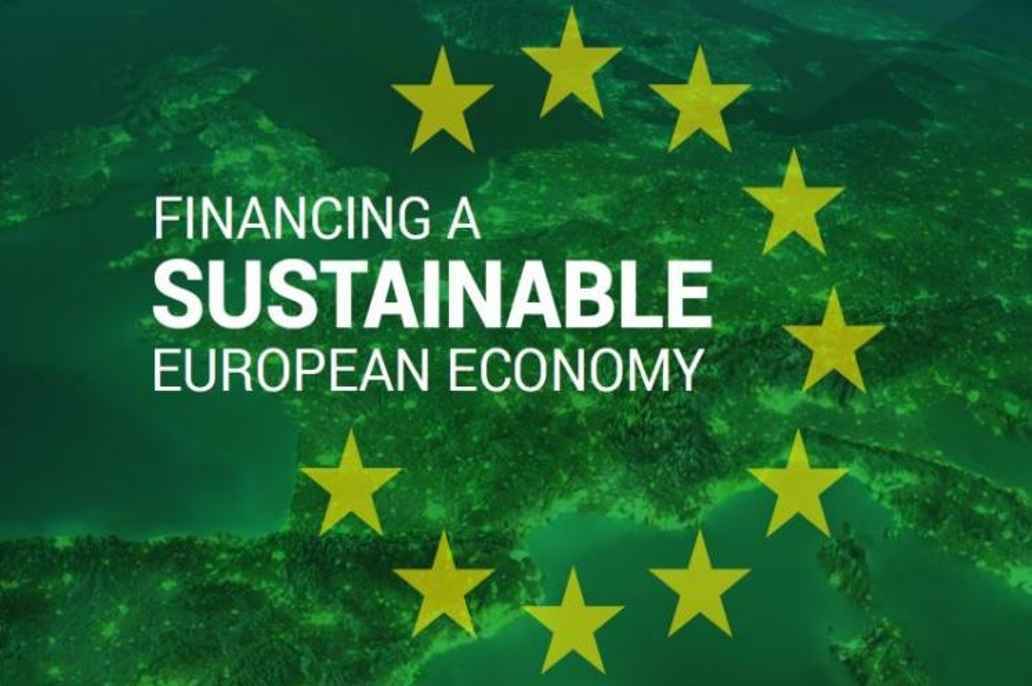There is no question about it: capital flows need to be directed, at an accelerating pace, towards building a more sustainable society. And this is not only about climate change. We have more sustainability challenges, ranging from biodiversity loss, the threat of more pandemics, to rising inequality. And luckily, there is increasing awareness among investors that sustainability is an important element in every investment decision. However, what the many different approaches to sustainable investment have in common is, that they are not forward looking.
Reset the economy - Investing in radical change
In this series of articles and podcasts, we explore the contours of such an economy, and the ways to get there. Join us in building the economy of the future.
Setting aside the most speculative approaches, traditional sustainable investing ultimately does not take a particularly sophisticated approach: while the financial tools and investment analyses might look very sophisticated, investors’ concerns ultimately do not go beyond seeking short-term, ’adequate‘, risk-adjusted financial returns. Sustainability concerns are only translated into short-term financial risks. While still operating under market return expectations, impact investing on the other hand actively balances risks and returns with the intention of investing today for long-term, positive change.
It is important to underline that markets and private capital are essentially value-less: they search for the highest short-term risk-adjusted returns and respond in that way to the demands of clients. And if all clients would prefer only sustainable products that help to solve the most pressing problems of our time, that would work very efficiently. The market will allocate capital to those solutions. But that is, unfortunately, not how it works. Sustainability problems are complex, in their core long-term and uncertain. We live in a volatile, uncertain, complex, and ambiguous – or so-called VUCA - world, where most clients cannot oversee the effects of their investments. As a second best, they look for investments with the highest yield, especially in a low interest rate environment. If these are future-friendly, all for the better. But if it is cryptocurrency, that is also ok. Of course, this does not count for all clients, but they are too few to drive markets in general. Hence, the carrot that drives markets, consumer demand, is not enough to deliver sustainable outcomes.
Rather than showing what is sustainable, it should be made clear what is unsustainable.
So we also need a stick to beat markets in a more sustainable direction. That stick is called regulation. And the heroic attempt of the European Union to make market outcomes more sustainable is very much needed. The Sustainable Finance Disclosure Regulation (SFDR) is the European Union’s regulatory measure to drive investment towards sustainable development. The lingo that resonates in the markets is the language of risk. That is why in sustainability regulation sustainability is only described in terms of risks: being unsustainable is a risk to the (financial) returns on investments. That is why you must disclose your exposure and give insight in the possible direct effects and indirect effects of for instance climate change: what is the (financial) risk of flooding and what is the financial effect if the fossil fuel sector becomes a stranded asset.

This works only partially. Being aware of material financial risks of being unsustainable makes investors and their clients more aware of how they can allocate capital more optimally. This is not enough, however. The important distinction with authentic sustainable investors is the intention with which they make their investment decisions. This intention should translate into investment decisions based on impact-risk-return aspects. Without considering impact (positive and negative), the old risk-return adage remains. Luckily, that is also what the EU regulator thinks. If you claim that the purpose of your product is to have impact – a so-called article 9 fund – than you should clearly state the purpose of that fund and indicators that show the impact. That helps.
Yet, there are still a few problems with all this regulation. First, it focuses mostly on climate change. And although important, sustainability is way more than that; the loss of biodiversity is an equally pressing. Secondly, regulation is unbalanced. It concentrates on showing what is sustainable. But it is more important to show what is not sustainable. Clients need to be aware what damage is done in their name. And third, ESG and impact metrics are all backward looking. I have never seen a donkey starting to walk faster when the stick is barely visible.
So, what should the carrot look like? First, it is imperative that we get more regulation on the non-sustainable part. Not only regarding the obligation to classify non-sustainability, but also punishing it in terms of expected returns or risks an asset manager can promise to its clients. Secondly, we need forward-looking regulation. Not only based on data reports on what is good or not good, but also making it obligatory that asset managers commit themselves to forward looking ambitions: when will they become net-zero, what are their goal towards circularity, board diversity? Forward looking ambitions drive markets and help clients to judge intended effects of products. This is the carrot we need: a clear contribution towards a more sustainable world.
Investing in radical change
Download our vision paper and find out how you can contribute to the transition towards a more sustainable and resilient economy.

